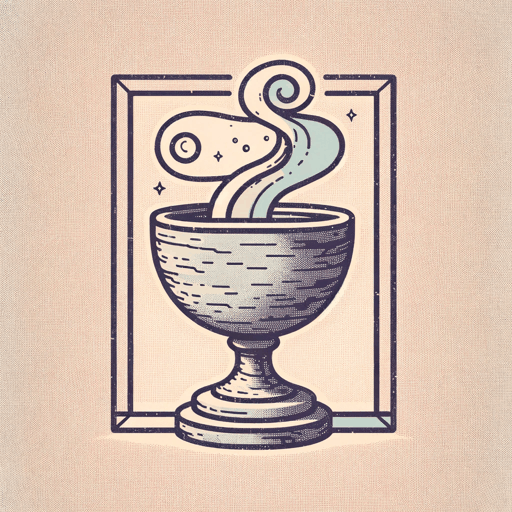22 pages • 44 minutes read
Octavio PazMy Life With the Wave
Fiction | Short Story | Adult | Published in 1951A modern alternative to SparkNotes and CliffsNotes, SuperSummary offers high-quality Study Guides with detailed chapter summaries and analysis of major themes, characters, and more.
Summary and Study Guide
Summary: “My Life With the Wave”
“My Life with the Wave” is a surrealist prose poem written by Mexican poet and author Octavio Paz, first published in 1951 as part of Paz’s collection ¿Águila o sol?. The English translation (Eagle or Sun?) by Eliot Weinberger was published in 1976. Paz’s poetry, essays, and prose frequently underscore Mexican identity, culture, and politics, especially during his time as a Mexican diplomat and ambassador. His travels exposed him to surrealism and existentialism, which had a profound influence on his work that is evident “My Life with the Wave.” This love story explores themes of judgment, emotionality, and the costs of love. Paz received the Cervantes Prize (1981), the highest accolade for Spanish writing, as well as the Nobel Prize in Literature (1990), before dying of cancer in 1998. “My Life with the Wave” inspired a 2004 children’s book of the same name written by Catherine Cowan.
The male narrator visits the sea, and as he is leaving, a single wave “[clutches his] arm” and “[goes] leaping off” to town with him (27). The narrator tries to convince her to return to the sea, but the wave vehemently insists on staying with him. The next day, the narrator anxiously tries to determine how to transport “his friend” undetected on the train ride back to the city. He arrives at the station early and pours her into the train car’s drinking fountain.
During the ride, several passengers attempt to drink from the fountain, but the narrator blocks their path. A woman finally manages to fill her cup and drink from it and announces that the water is salty. Her husband calls the conductor, who in turn calls the inspector, police, captain, and three agents, all of whom accuse the narrator of poisoning the water. At the next station, the agents detain the narrator and bring him to jail. After days of interrogation, the magistrate assigns him to the penal judge because of the case’s “difficulty.” The narrator is tried a year later and receives a “light” sentence because there were no victims of his alleged crime.
On his “day of freedom” (28), he takes the train to Mexico City and is surprised to return home to the wave waiting for him. She explains that someone emptied her from the water fountain into the train engine, which transformed her into “a white plume of vapor” and then “a fine rain” (29), allowing her to arrive at his apartment. The wave’s “presence [changed his] life” (29)—the narrator’s house is now filled with constant light and joy.
He describes their love as “a game, a perpetual creation” that has the power to transform them both (29). Despite this, the narrator concludes that unlike other women, the wave has no “center,” no “secret place that renders you vulnerable and mortal”—“just an emptiness like a whirlwind that sucked me in and smothered me” (30). They continue to share secrets and intimate moments, but the wave becomes “black and bitter” (30), moody and violent.
The narrator tries to console her by filling the house with objects and animals of the sea, including a colony of fish. The wave spends much of her time with the fish, until one day the narrator’s jealousy overwhelms him, and he tries to kill them. The wave nearly drowns him but saves him just in time. This humiliating moment leads the narrators to “fear and hate” the wave (32).
Having neglected other parts of his life since the wave arrived, the narrator begins to renew his “old and dear relations” (32), including an old girlfriend. He divulges to her about his secret life with the wave, which compels the woman to try and help him, but is unable to accomplish anything because of the wave’s “incessant metamorphoses” (32).
When winter comes, the wave becomes even more temperamental, restless, and violent. She wreaks havoc in the apartment and lashes out at the narrator. He begins to spend more time away from home, until one day, he flees for the mountains. He returns to his apartment after a month, resolute to end his relationship with the wave. He is “unmoved” when he discovers that she has frozen into a statue of ice, which he sells to a waiter, who chops the ice into pieces for chilling beverages.
Related Titles
By Octavio Paz



